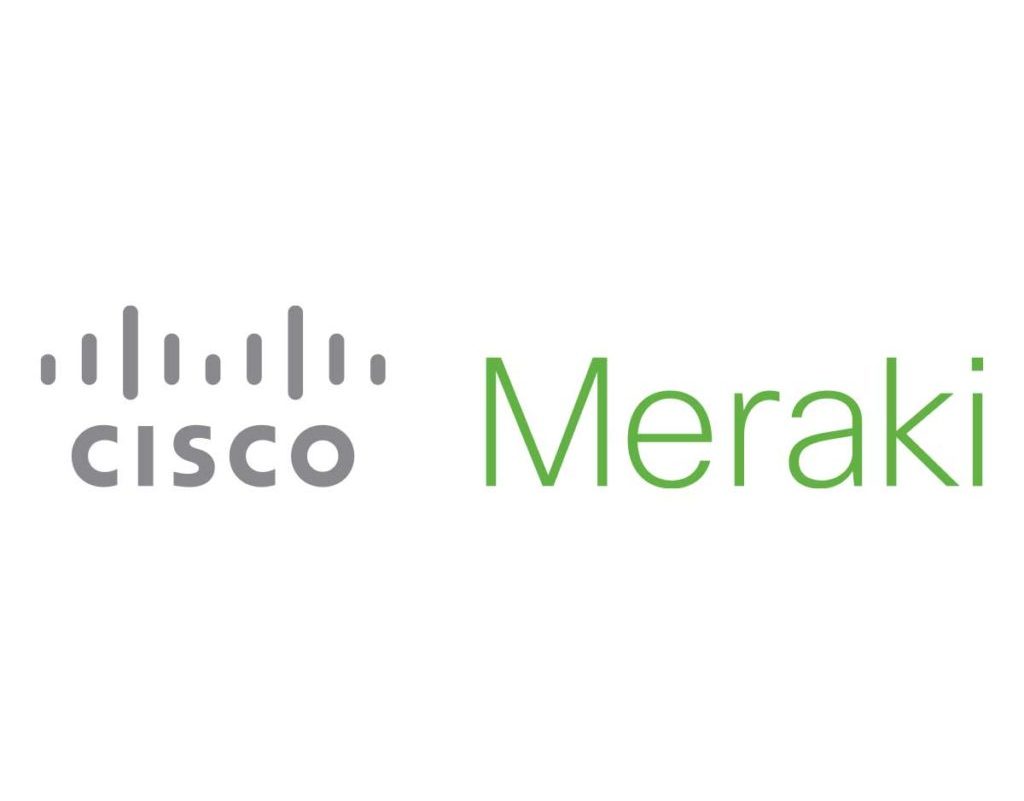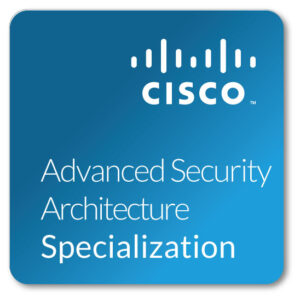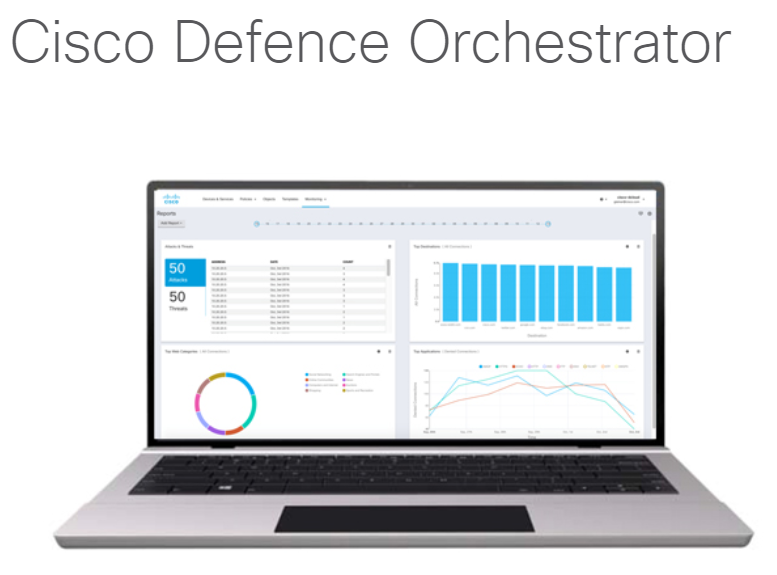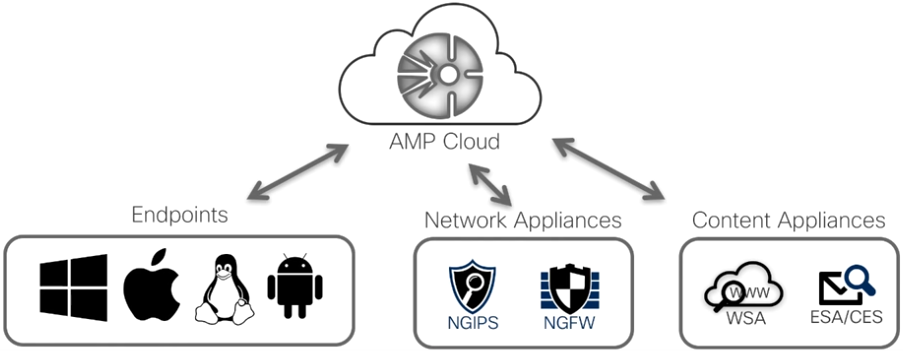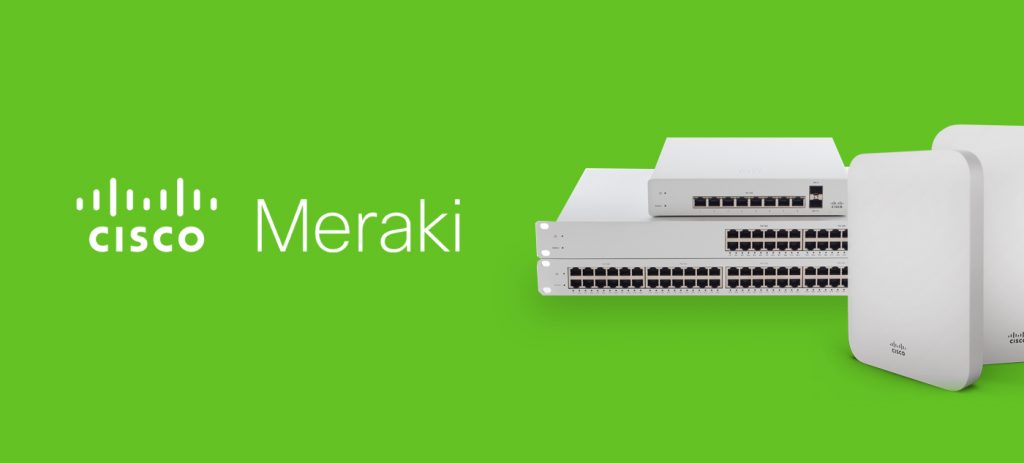Meraki is introducing per-device licensing: an opt-in licensing model with exclusive, new features and enhanced flexibility. The mission of simplicity is real at Meraki – from their hardware, to their cloud-hosted dashboard, to even their licensing models. This was the intent behind cotermination licensing model (co-term): to create one simple expiration date for all devices in a given organization, and reduce the complexity of licensing for our customers.
While co-term does serve many customers as intended, but this licensing wasn’t always a fit for every customer. For example, one simple expiration date didn’t quite work for customers with complex budgeting processes.
To address this, Meraki has released the per-device licensing model, available to both new and existing customers. This model offers the ultimate flexibility for licensing and offers a suite of new, exclusive features not offered on our co-term model:
-
- License Devices Individually: Assign a license to a specific device (MR, MS, MX, MV, MG) or a network (in the case of vMX and SM licenses) and maintain a shared expiration date or separate expiration dates across devices, networks, or organizations.
- Partial Renewals: Enjoy the ability to renew all your devices or a subset of devices, as you prefer.
- Move Licenses Between Orgs: Org Admins (Read/Write) on multiple organizations are able to move a license (or licenses & devices together) between those organizations without calling Meraki support. This functionality is available through the dashboard and APIs.
- 90 Day License Activation Window: You will have up to 90 days to claim and assign your licenses before they activate – giving you more lead time to deploy Meraki products.
- APIs: APIs are available to claim, assign and move licenses. This will allow a greater level of automation and the ability to integrate with other systems.
- Individual Device Shutdowns: If a license expires on a device, only that individual device or product will shut down (after the 30 grace period).
For more information about the per-device licensing model please refer to Per-Device Licensing Overview documentation or this FAQ on Meraki licensing.
Watch this Meraki comprehensive Walkthrough
Still complicated? This is a simplified walkthrough over the new Meraki Per-Device Licensing Features & Capabilties.
If you are looking for quick deployment with full stack visibility you may be interested in a webinar about cloud networking from Cisco Meraki. Quite a few of my other customers rely on Meraki solutions with easy centralised cloud management of their entire wired and wireless networks.
Meraki webinars include a live demo of this cloud management platform and you get a free Meraki access point for attending, isn’t it easy? If you do not have technical staff we think Meraki would be a good match for you. You can sign up for a upcoming Webinar.
The Cisco Meraki portfolio includes wireless access points, switches, security appliances, and mobile device management solutions. What sets Cisco Meraki apart is that all of these are centrally managed from the cloud. This makes them significantly easier to deploy and manage than traditional networks.
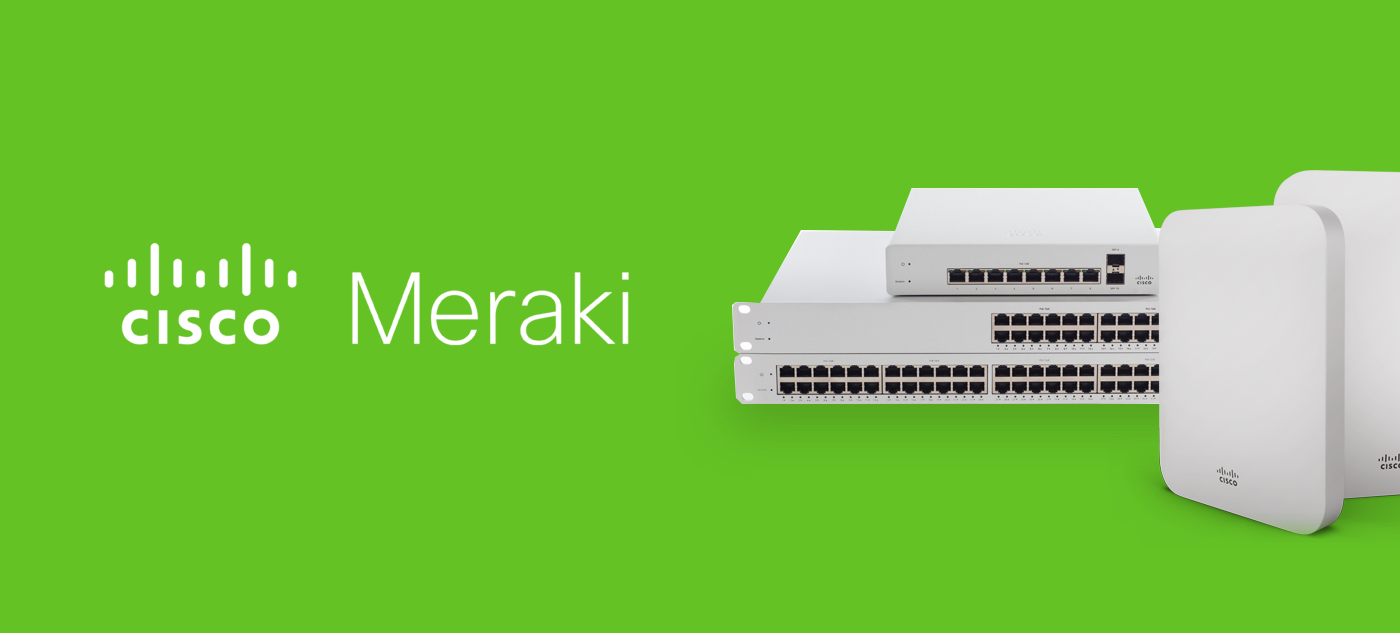
Boost your Business with Meraki Solutions
Meraki helps you to scale your business operations easily.
Do you love a good story? Reference customers and deployment stories can be found at meraki.cisco.com/customer
If you want a sneak peak before commit your time, here is one of the recorded webinars from our YouTube channel, Why not also follow us on Linkedin, Facebook and Twitter! To read more Blog posts like this Click Here!
Cisco Meraki Licensing
Not necessarily. Licenses are sold separately from the hardware. For example, you could upgrade from the MR16 to the MR24 without buying new licenses. The same will apply for new products that are released in the future.
License prices vary for each product line. For example, a one year wireless license is $150 list price and a three year switch license is $400 list price. Licenses are available across the MR, MX and MS products for different time durations (1, 3, 5, 7 and 10 years).
The recommended practice for applying a renewal is to purchase a single license key that covers every device currently in the Organization for some number of years. Applying that license key as a renewal will then extend the Organization’s licensing by that many years.nnWhen a license key is applied as a renewal, the Organization’s licensing state updates to match the device count of that license key. For example, if an Organization with licensing for 5 APs were to have a 2-AP license applied as a renewal,nthat Organization would only be licensed for 2 APs. In this instance, it would be 3 APs over their license limit, and therefore out-of-compliance.
In general, all Meraki products follow the same licensing model. The primary ndifference between them is that with all wireless access points (MR series) the license is the same for all hardware models, whereas with the switches (MS series) and security appliance line (MX series) each hardware model has a different license. Example: the LIC-ENT-1YR (1 year enterprise MR license) applies to any of the MR access points. The LIC-MS220-24-1YR (1 year enterprise MS220-24 license) applies to the MS220-24 model. The LIC-ENT-MX64-1YR (1 year enterprise MX64 license) applies to the MX64.
Yes, every Meraki hardware component requires a cloud license to be managed. If you see a warning that says ‘Your organization is in excess of its device limits’ on the Meraki Dashboard, this means that you have more devices than licenses in your organization.
Before purchasing any piece of Cisco Meraki hardware on a secondary market such as eBay, you are advised to contact Cisco Meraki support (https://meraki.cisco.com/support) to confirm that the hardware has not been reported stolen from a Cisco Meraki trial program or a bona fide purchaser. Please have the serial number of each piece of hardware available when you contact Cisco Meraki support. Cisco Meraki will not support or sell licenses for hardware units that have been reported stolen.
Meraki sells 1, 3, 5, 7 and 10 year licenses, but does not sell pro-rated licenses. When you add a license to an existing account, we calculate the amount of extra time in your account and extend the co-terminating renewal date for all your devices accordingly.nnLet’s say you originally purchased a 10 AP, 1 year license. 4 months into the license term you decide to add a 6 AP, 1 year license. You have extra credit of 4*6=24 AP-months. We automatically apply those 24 AP-months for your new 16 AP network. nThis gives you an additional 24 / 16 = 1.5 months.nnThe diagram below illustrates this example.nnIn this way an account only has a single co-terminating renewal date, avoiding the confusion associated with multiple renewal dates. To anticipate how new licenses will affect your co-termination date, please reference our License Calculator.
You can purchase a renewal through an authorized Meraki partner. If you chose not to renew, you will no longer be able to manage your devices via the Meraki cloud, and your Meraki network devices will cease to function. This means that you will no longer be able to configure or make changes to your Meraki network equipment, and your Meraki network products will no longer allow traffic to pass to the Internet. With Systems Manager networks, you will no longer be able to enroll devices or change settings for currently enrolled devices.
A Meraki license includes enterprise-class support.
The hardware warranty is tied to the hardware unit, not the license. Hardware that has a lifetime warranty (e.g., the MR24) is warranted for the life of the hardware. Hardware with a fixed term warranty, e.g., 1 year, has a 1 year warranty regardless of the license.
The wireless and switch lines have one tier: Enterprise. The MX line has two tiers: Enterprise and Advanced Security.
Out of license’ is a term that refers to an organization that is in one of the following two states: (1) Cloud license has expired, or (2) The number of hardware devices exceeds the number of cloud licenses. If an organization is out of license it means it has been deactivated, and either license renewals or additional licenses are required for the Meraki products to function, and for these products to be manageable using the Meraki cloud.
Yes, administrators listed on the account will be sent notifications 30 days prior to account expiration outlining thensteps for license extension. A further e-mail will be sent 3 days prior to account expiration. In addition, an account expiration banner will be displayed in the Meraki dashboard during this time.
The screenshot below shows a customer with all Meraki products. They have napplied three different licenses on different dates for 3 different products. There is one expiration date.
Yes you can. Please contact Meraki technical support for assistance.
Cisco Meraki Licensing is co-terminating. This means the end dates for all licensing is averaged together based on device type and licensing limits. In other words, your individual licenses don’t expire because they are averaged into one expiration date.
Meraki devices use the Meraki cloud for centralized management and control. The Meraki cloud is licensed on a “per device, per year” basis. Each organization is licensed for a certain number of devices through a termination date.
Yes, administrators listed on accounts that have more devices than cloud licenses will be sent notifications 30 days prior to account expiration outlining the steps for license purchase.
Yes you can, and it’s easy. If you have a 10 MX64 Enterprise license, simply purchase a 10 MX64 Advanced Security license and apply it to your account. Your account will be automatically upgraded and you will receive credit (in the form of extra time) for any unused portion of your enterprise license.
You can buy a license through an authorized Meraki Partner.

